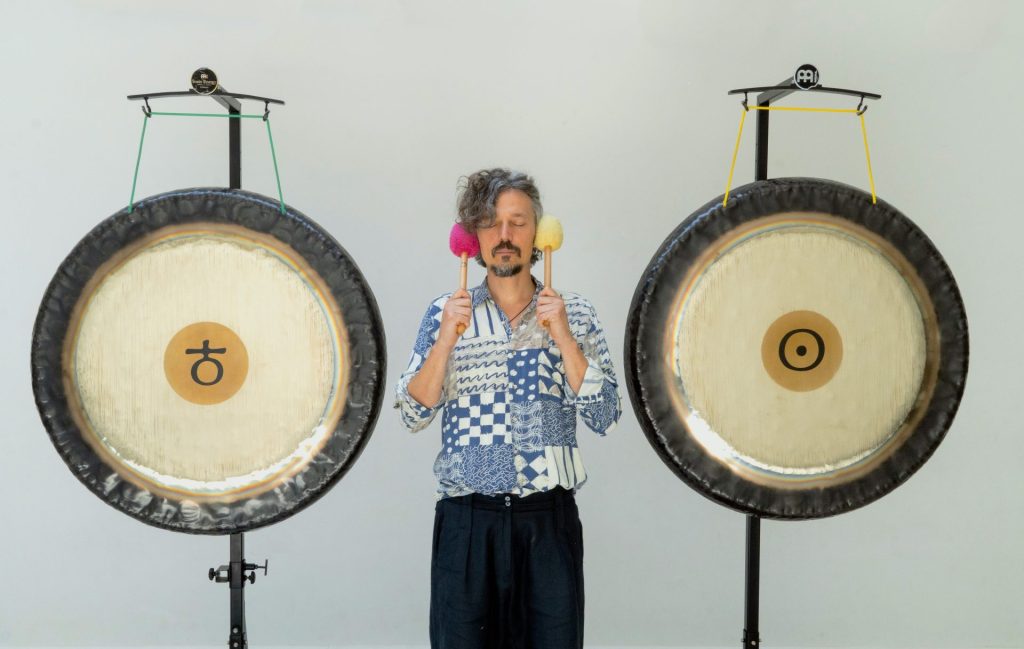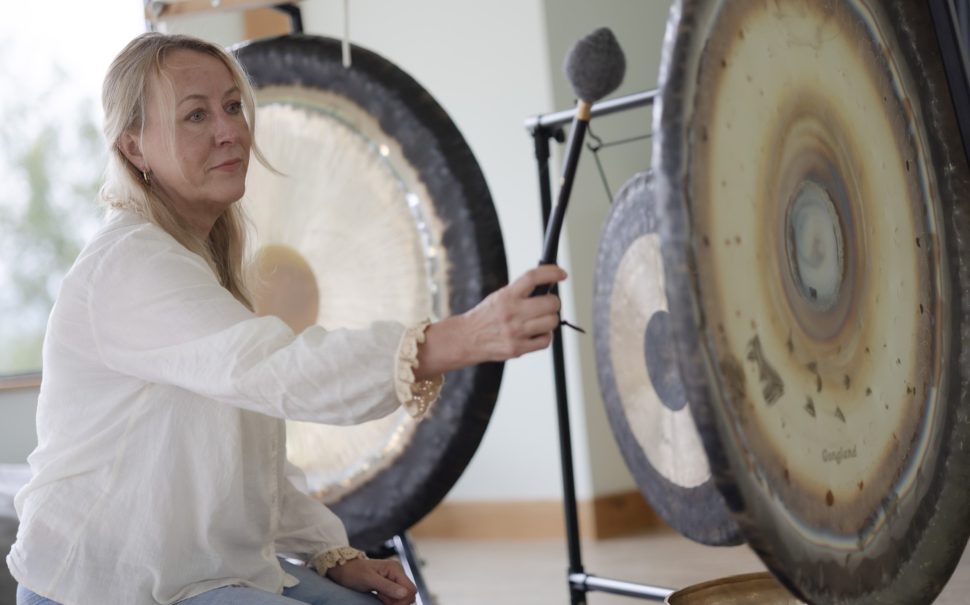A gong sound bath is a sensory experience in which you are bathed in sound to aid a period of deep relaxation — and one is opening in Putney next weekend.
Used as a way to practice an immediate and intense state of meditation, sound therapy has become an increasingly popular way to decompress in a stress-heavy world.
Sophie Pumfrey, organiser of a gong sound bath class starting on Putney Embankment on 8 March, explained that the sound shuts out mind chatter, taking us automatically into meditation.
She said: “It’s called a gong bath as it is an immersive experience and the person is washed or bathed by the sounds from the gong.
“The sound feels like a massage on the inside.”
With hundreds of gong sound bath sessions on Eventbrite in London for this weekend alone, their popularity is undeniable.
This could be due to their described benefits which include stress relief, anxiety reduction, improved sleep quality and deep relaxation.
An appeal of sound baths is that all you need to take with you is something comfortable to lie on.
It’s this accessibility that Pumfrey believes is what makes gong baths such a wonderful therapy.
She explained that it’s not something you do, but something that you don’t.
She said: “With a massage, you have to take your clothes off, or with yoga, you’ve got to get into kit and get physical.
“For this, you literally just lie down. That’s all you do.”
For those who struggle with meditation, sound baths are essentially a way to reach a spontaneous deep state of relaxation.
Young people appear to be especially interested in gong sound baths.
Sophie suggested this could be due to open-mindedness, a stronger demand to unwind, and greater awareness throughout social media.
Gong baths are now taking up more media space than ever before, with #soundbath garnering 51.7K hits on TikTok, but it’s certainly not new to the wellness space.
Audio therapy has been practiced for thousands of years, and its roots can be traced back to ancient civilisations, before spreading over to the West.
Don Conreaux, Gong Master and sound healer, was recorded as one of the first sound bath practitioners to perform in San Francisco, 1975, according to Omega Hub.
Since then, its prominence has developed exponentially.
Simone Salvatici, north London-based composer, qualified sound therapist, and previous student of Don Conreaux, explained that this is because the results speak for themselves.
He said: “Gong sound baths are regenerating, reinvigorating, and rejuvenating.
“They give us an opportunity to unplug, take a break from our egos, our problems, society and life.”

Describing it as a feeling of oceanic boundlessness, Salvatici explained that it’s not just the sound of the gong or a bowl that creates relaxation, it’s the continuing sound and soft frequencies.
When asked about the gong bath sceptics out there, Salvatici said that he welcomes them with open arms.
He said: “People think there is a magic associated with sound baths and that sound healers believe they are some sort of wizard.
“Do not try to expect anything from the sound, just try and be there.
“It’s an experience that cannot be ignored.”
Salvatici has played in corporate offices, via online sessions, and teaches sonic arts in his north London studio.
The gong sound baths can range from 45 minutes to two hours and can often incorporate Himalayan bowls, crystals, and chanting.
Pumfrey recommends a gong sound bath around once a month but warns you that they are quite addictive.
She explained that our mind hears the gongs, but our body feels the gongs.





